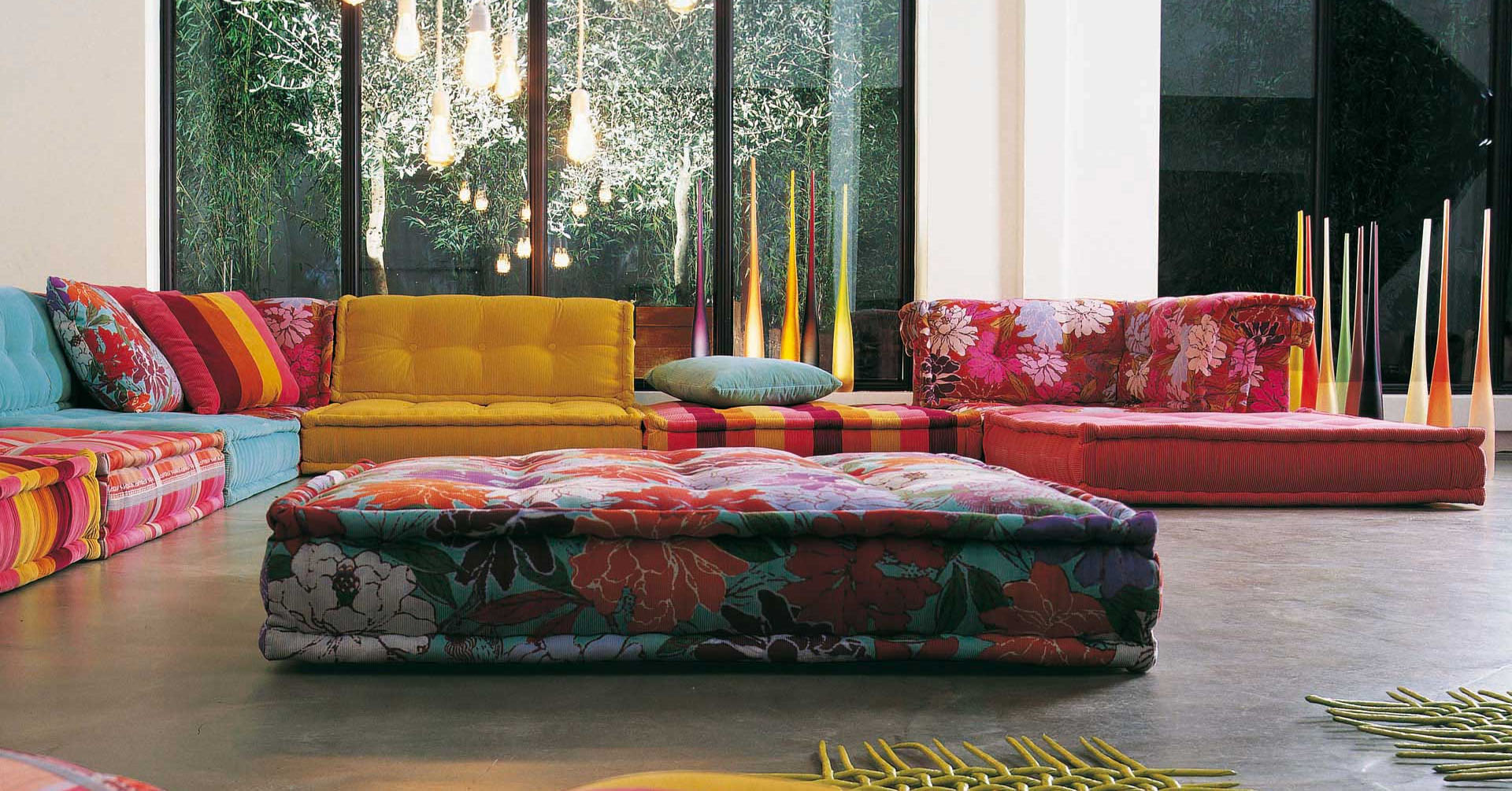Our experience making mattresses
Day 4 of the Master Class leads us down the road of a traditional technique of Wool Mattress making. The Class was hosted by Patrice Sebille, who enthusiastically imparted to us a world of Knowledge. He is a artesanal wool and spring mattress maker in Paris.
The process begins with two pieces of a strong cotton fabric, a stripe is best to use as it allows the artisan to ensure that the grain of the fabric is lining up correctly. This is important so that the strength of the weft is utilised fully ensuring the longevity of the mattress.
Etablissements Le Briandis the name of his company, installed since 1880 in the historical furnituremaker’s quarter of Paris. The label "EPV" (Entreprise du Patrimoine Vivant, Heritage Alive's Company), received in1996, and the "Trophée des Trésors Vivant de l'Artisanat" (the Living Craft maker Treasure Trophy) in 2012, is proof of his know-how.
A lucky chance has made him owner of "Etablissements Le Briand", which he saved from closing down.Since then, Patrice Sebille upholds tradition as much as contemporary innovation.
 |
| Patrice Sebille |
The Process
Washed and carded wool is used to make the Mattress.In this Case we had wool that was not carded but we were able to pull it apart to create air and volume for the mattress.

The Carded wool is built up in the mattress until it reaches a specific density, this density Is difficult to judge and is best learned through experience.

When the density of the wool is reached the second layer of cotton fabric is added on top and the stripes are lined up on each side and pinned into place.

Now the edges are sewed together hiding the raw cut edges with a small single over sewing seam stitch, starting with the end where the stripes meet.

Once the edges are completely stitched around the four sides, the corners must be tucked in to create a boxed shape. Two rounds of stitching create a traditional roll around the circumference. giving the mattress a pronounced boxed shape. A large strong needle must be used to manipulate the wool inside the mattress to ensure the sides are full and packed with wool.
A special kind of knot (see above) must be used to start this stitching process of this roll.
The Final stage of the mattress making is adding the Buttons, these are far more than just a decorative effect. The process secures the wool in place to minimize movement within the mattress over time. It also compacts the wool creating a firm comfortable surface for an even distribution of weight.

The needle must be long enough to travel through the mattress
Our mini mattresses:
This is what a complete mattress looks like:
Applications of wool mattress techniques :
  |
 | ||
| Ernesto Neto Biomorphic Sculpture |
 |
| Louise Bourgeois 'Fabric Stack' |
 |
| Roche Bobois Mah Jong modular sofa. |
 |
| Layered mattresses sofa by Traffic |
| Recycled mattress as furniture by Frank Willem |



